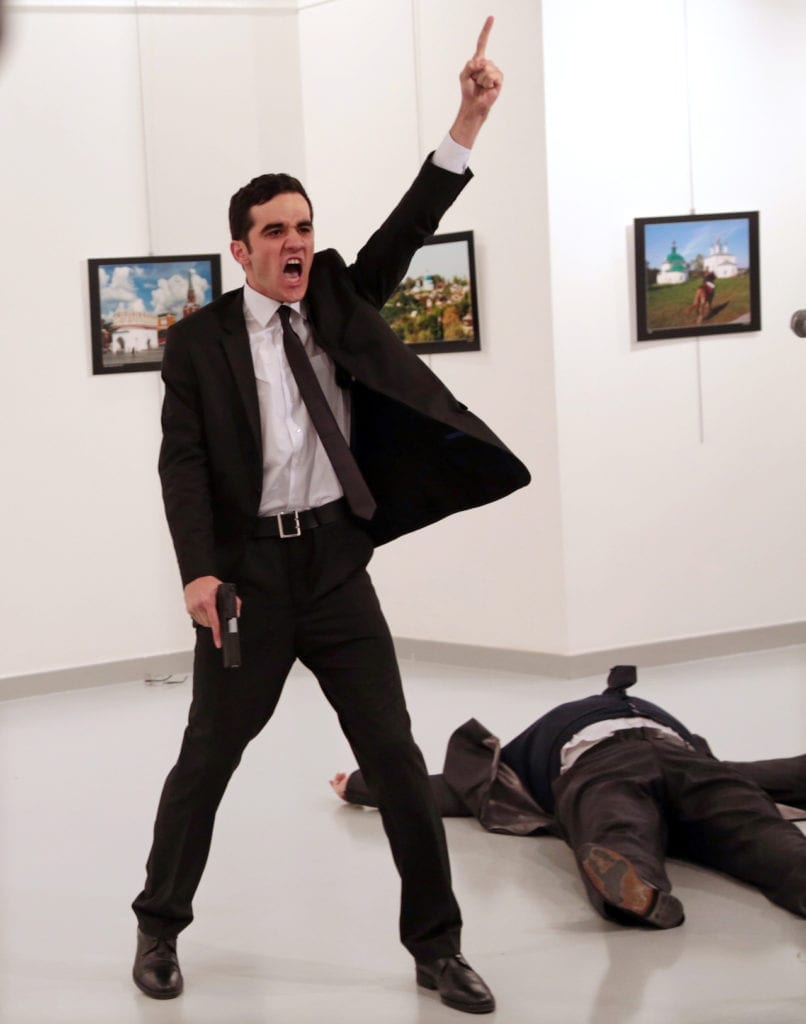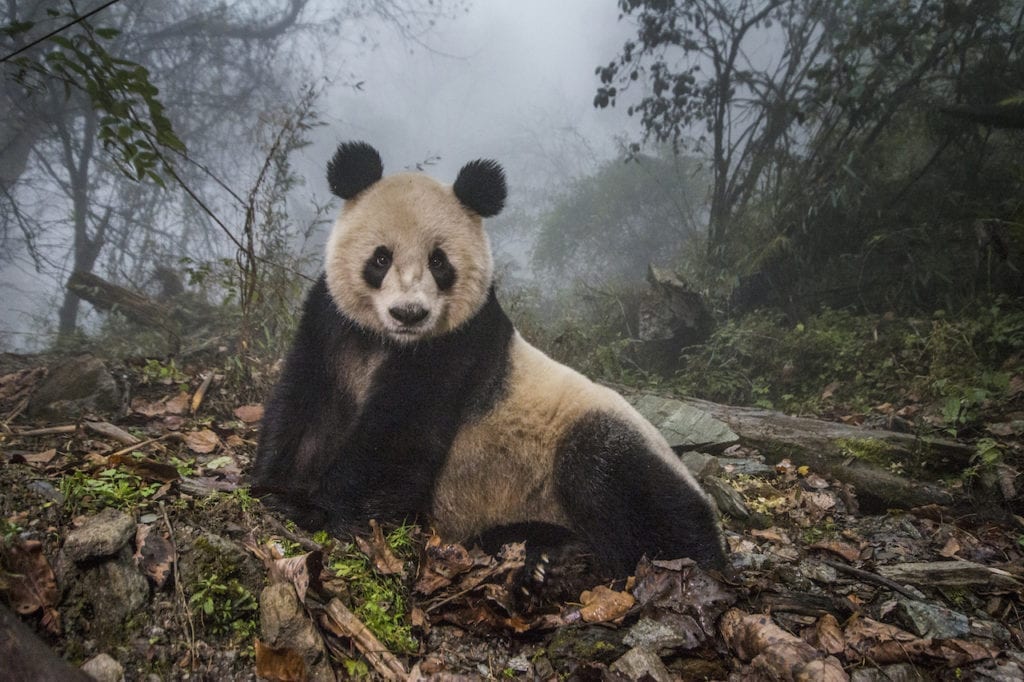Lars Boering, managing director of World Press Photo, joined the organisation in January 2015, just before that year’s prize was announced. It was an award beset with issues, as it emerged that more than 20% of the final-round entries had been disqualified for image-manipulation; then one of the winners – Giovanni Troilo, who had won first prize in the Contemporary Issues – Story category – was disqualified, when World Press found that an image he said had been shot in Charleroi, Brussels had been taken in Molenbeek.
Boering countered with a new code of ethics for entrants, which meant that images submitted to the 2016 prize were more thoroughly checked – and were found to be less prone to manipulation. This year the issue with manipulation was at about the same level as in the 2016, he says, which leaves him to conclude that “it is still a very big media challenge”.
“It’s not about World Press Photo, it’s industry-wide and we need to debate it,” he tells BJP. “It is something we feel very strongly about – there can be no fake news.”
A full report on this year’s contest will be released on 27 February – but in the meantime, a new spectre has raised its head. Documentary but recording a murder which took place at a press conference, this year’s winning image by Burhan Ozbilici has been denounced by the jury chair Stuart Franklin, who argues it is a terrorist manipulation of the media, and therefore should not be given the oxygen of more publicity.
“It is a staged murder for the press in a press conference, so there will be questions,” Franklin told BJP. “It is a premeditated, staged murder at a press conference, which arguably you could put in the same envelope as the beheading of a prisoner in Raqqa [Syria].”

“We [World Press Photo] feel we have never given in to the pressure to ‘everything goes’ in photography,” he continues. “Photography is a big place, you can do anything, but when you are a journalist you are working in a specific area of photography, working in the world we live in.”
“I think its important to say that it is an award for capturing an important news event, we are not judging the event,” he adds. “We give as much information as we can but in the end it is a remarkable photograph of a remarkable thing, so we applaud the photographer…I don’t think that the media are complicit if they report on very important things that happen – it would be much worse if people didn’t cover them, didn’t show them. If we follow that argument, you shouldn’t show the aeroplane flying into the World Trade Center.”
Boering adds that, while the convention is that a jury stands behind its decision, he is “fine with Stuart opening the debate”. “I feel it’s ok to have the discussion,” he says. “It is a very important debate to have.”
In fact he has always said he hopes to turn World Press Photo into a forum for debate, and has spearheaded new initiatives such as the World Press Photo Festival of Visual Journalism, which will take place in Amsterdam from 20-22 April; World Press Photo Live, a series of global debates beginning in May; and Witness, an online publication which launches on 01 November. A prize for ‘creative documentary photography’, with a different code to the photojournalism prize, will open in October.

“Currently only 15% of our entries come from women, and that is definitely something we want to discuss. It is awful that there are so many talented female photographers who just don’t seem have a fair chance. And [photographers from] Europe and North America still dominate the field. With the strength of Asia, and not just in terms of its economy, we should look out for those areas [in future], and try to ask questions such as what is the voice of African photographers?”
